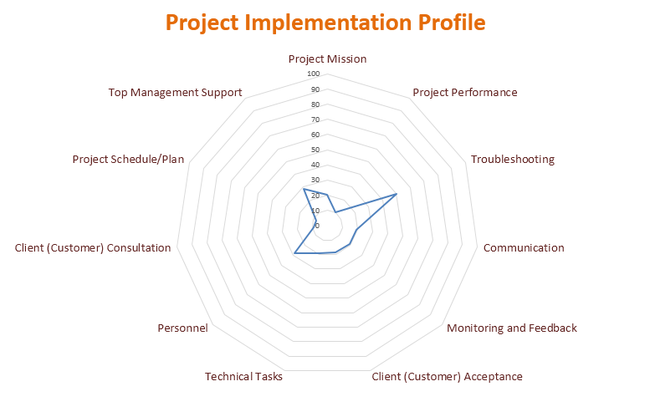
Many SMEs (Small, Medium Enterprises) are waiting for enactment of the act. This strategy could save the hassle at the beginning, and pay dearly price toward the end. For medium-sized companies, the recommended project duration is 12 to 18 months. Any duration shorter than this is inviting unnecessary chaos.
The potential issues SMEs could end up with when they do nothing now:-
- Penalty on Late Registration
- Penalty on inaccurate GST calculation
- Penalty on incomplete GST reporting
- Lost of profit due to previous contracts are formed without GST
- Lost of business when unable produce tax invoice as some customers may want to claim input tax
The summarized effect is cash flow problem.
While waiting for the enactment of the act, SMEs can start the following:-
- Understand more on GST implications to their business and industry, and aware what need to be prepared for GST
- Form internal task force to oversee GST implementation related activities, and allocate a budget for GST implementation
- Craft project management methodology to monitor deliverables from both tax consultants and internal departments - to ensure the GST proejct progresses are visibile to the management team
On the extreme end, what will happen when GST implementation get postpone (again). After the preparation steps above, SMEs are able to:
- Make informed decision on future contract negotiation - GST clause will be included whenever the act is enacted
- Disband the internal task force can disband and recall them when needed
- Channel the allocated budget back to other usage or carry forward as management reserve for GST project
- Use project management methodology crafted to gain visibility on other projects.
Conclusion
Ignorant is not a bliss now! It is better start the preparation now then later. Many large companies have started GST implementation projects. And big-4 audit firms are fully-booked with GST implementation projects for 2014. Large companies make informed decision from various sources. The GST is going to be here and this is an obvious sign that SMEs cannot ignore!




 RSS Feed
RSS Feed


